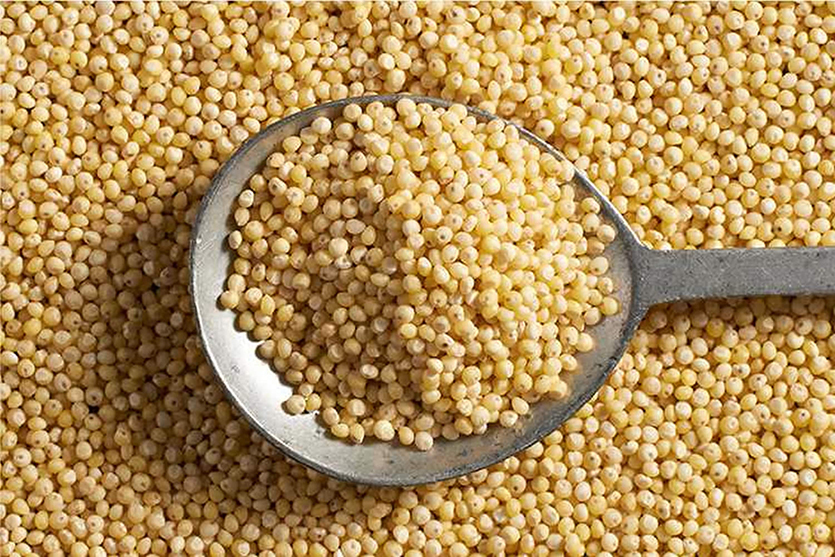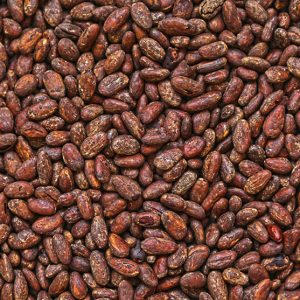Millets
Millet is a cereal grain that belongs to the Poaceae family, commonly known as the grass family. It’s widely consumed in developing countries throughout Africa and Asia. While it may look like a seed, millet’s nutritional profile is similar to that of sorghum and other cereals.
Millets grow in dry zones as rain-fed crops and they are small-seeded and harder. They have the capability of cultivating under marginal conditions of soil fertility and moisture. Millets also are an important ingredient of the prehistoric diet in Indian, Chinese and Korean societies. Millets are one of the oldest foods known to humans and possibly the first cereal grain to be used for domestic purposes.
There are dozens of species of millets grown worldwide.
However, there are only five millets of commercial importance.
These include proso, foxtail, barnyard, browntop and pearl.
Millet is grown for a variety of purposes including livestock feed, beer making and as a human food source. The best millet for fodder production is proso millet
Millet is a fast-growing cereal plant commonly used as a feed for the cattle, sheep and swine.
Similar to oats and barley in feeding value, millet contains high amounts of protein and fiber.
Millet performs best when fed to livestock in addition to other cereal grains and hays. Livestock should be fed fresh feed and water daily.
Millet, like corn, is quite starchy. Because of this, millet should be used in combination with grains at no more than 50% of the total feed mix.
Product Name: Millet
Botanical Name: Pennisetum glaucum
Tariff – HS Code: 10082100
Local Productions: Approx two million metric tons/Yrly.
Quality Standards
Millets are tropical cereal grains. They are very diverse in terms of grain structure and chemical composition. Historically, they have been cultivated in Africa and Eurasia to produce traditional products like porridges, flatbreads, beers and non-alcoholic beverages at small-scale. This is changing rapidly and millets are increasingly used worldwide for animal feed, and to produce modern products such as breakfast cereals and lager beer, and for bioethanol. They also have a niche application for gluten-free products. Additionally, they have very great potential as functional (health-promoting) foods because they are rich in bioactive phenolic compounds. Some quality standards and associated methods already exist for determining and managing and millet end-use quality. However, developments in agricultural biotechnology including biofortification (improving micronutrient quality) and exploiting their potential as health-promoting foods will require more complex sorghum and millet quality management systems involving many disciplines and the consumer.
Specifications
| Parameters | Specifications |
|---|---|
| Protien on Dry Basis | 8% Maximum |
| Moisture | 14 % Maximum |
| Foreign Material | 2% Maximum |
| Shriveled and Broken Grains | 2.0% Maximum |
| Energy | 300 K/Cal |
| Afflation | 20 PPB Maximum |
| Shrunken | 3% Maximum |
Package
Jute bags.
Uses
Millet can be used to make bread, beer, cereal, and other dishes. Even today, millet is a staple food around the world. In fact, millet is gaining renewed popularity because of how versatile and easy to grow it is.



Reviews
There are no reviews yet.